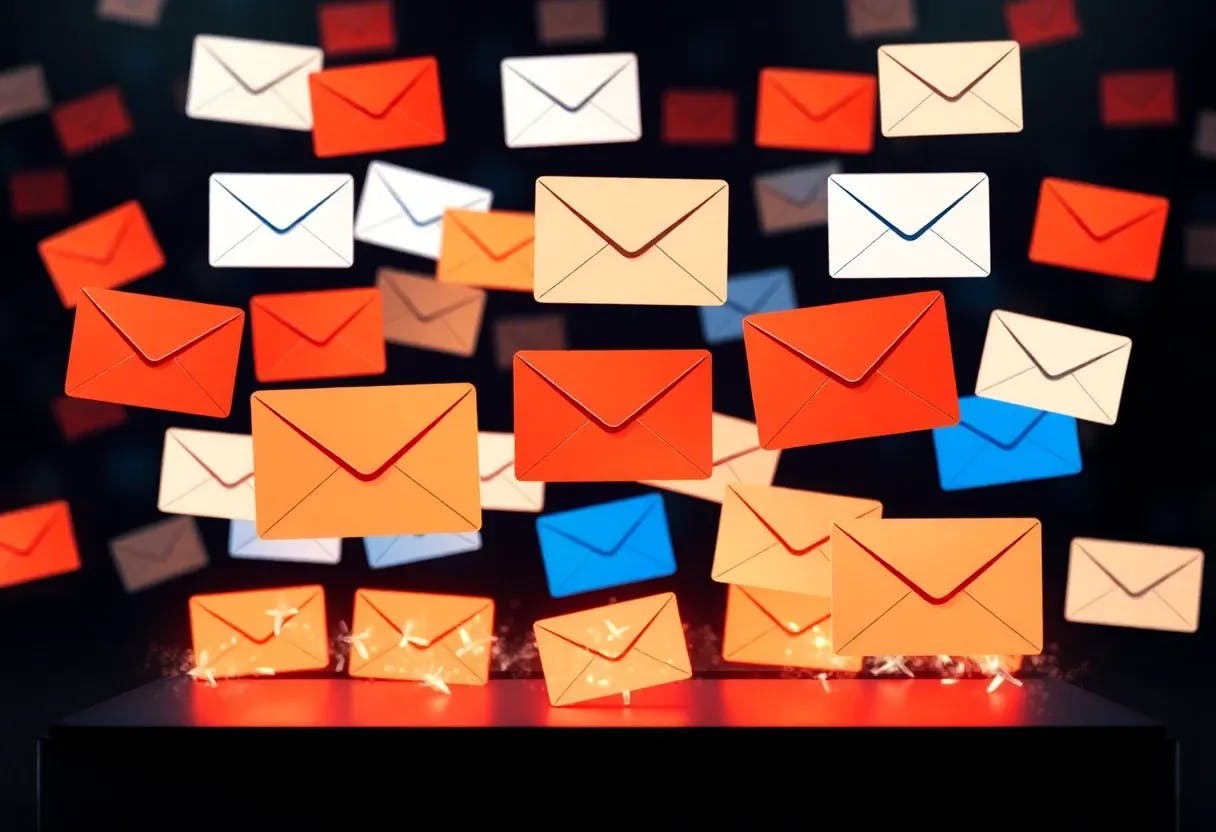668 reads
How to Generate B2B Outbound Leads
by
September 24th, 2024
Audio Presented by

SaaS Copywriter with 3+ years of experience writing conversion copy that converts visitors to loyal customers.
About Author
SaaS Copywriter with 3+ years of experience writing conversion copy that converts visitors to loyal customers.
